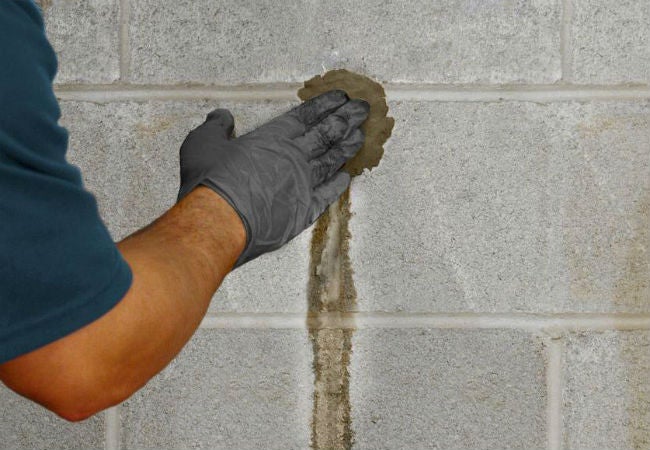The strength of the walls, the durability of finishing materials, the comfort in the house depends on the quality of waterproofing for pressurized walls. If the pressurized walls let in rain or ground moisture, this leads to unpleasant consequences. Pressurized Wall NY , professional in pressurized walls, identified them and equally provides solutions:
- Mold and fungus
- Cracks appear
- Humidity increases in the room
- Because of the damp it gets cold
Table of Contents
Where need waterproofing
Waterproofing is carried out both outside and inside the building.Without the protection of the external walls of the building, the surface loses its strength and begins to pass the damp inside the room. Exterior waterproofing is especially important for first floors of buildings and basements.
Waterproofing inside the house is needed for rooms with high humidity: kitchens, bathrooms. This will keep them from mildew and unpleasant smell.
Waterproofing materials
Bituminous waterproofers – a viscous polymer material. It is used to make canvases that are actively used to protect against rain and groundwater.
The most common bituminous material – roofing material. It serves 4-8 years and gained popularity due to the advantages:
- Reliably protects from moisture
- Easy to fit
- Excellent sealing
- Maintains temperature drops and mechanical stress.
One of the disadvantages of a bituminous coating is an unpleasant odor. Therefore, it is not suitable for processing internal surfaces, especially in a residential apartment. But roofing material is a great option for waterproofing technical premises and the walls of the house outside.
Bitumen-polymer mastic – plastic waterproof material that is suitable for processing concrete and brick walls. The composition of mastic includes bitumen with additives that improve the characteristics of the material.
An important characteristic of mastics is excellent adhesion: the compound adheres strongly to the surface on which it is applied. When applied, a continuous hermetic film is formed that hardens and reliably protects against moisture penetration.

The service life of the mastic coating is up to 10 years.
- Polyethylene film – is an inexpensive and reliable material. Advantages of polyethylene:
- Durability: does not decay, does not spoil
- Ease of use: immediately covers a large surface, while elastic
- Hermetic seams: they are easy to solder with a special device
- Does not slip: now let out textural films
- Deep Penetration Formulations
Penetrating compounds are dry mixtures that, when applied to a concrete surface impregnate the pores of the material. The compositions are made on the basis of cement and quartz sand. After applying the compounds inside the capillaries of concrete crystals form, which make the surface airtight and do not let moisture through.
Internal walls can be treated with penetrating compounds, or used as additional protection for external surfaces – but only concrete. Brick such compositions will not protect.
Ways of waterproofing walls
-
Glazing waterproofing
Waterproofing the walls of the house from moisture using roll materials. The material used is ruberoid, isolon, or plastic film.
-
Injection
This method is suitable for processing concrete or brick walls with cracks, voids, unsealed seams inside. Viscous hermetic materials are used for waterproofing – polyurethane-based resins. Sealants suitable for this process may contain acrylic gels and polymeric formulations.
Waterproofing the wall by injection allows you to fill all the cracks, provides sealing and reliable protection from moisture.
To carry out the injection, you need special equipment: parkers (metal or polymer tubes) and pumps with which the composition will be pumped.
The injection technology is the most suitable for processing critical structures: the foundation, basements, basements and garage rooms. It provides very high-quality moisture protection and prolongs the life of the building.
Injection is a complex isolation method that requires special equipment and skills. The key feature of the method is that it can be used both during the construction phase and after the construction of the building. Injection allows you to conduct a full repair, not digging up the foundation covered with soil.
Waterproofing indoors for insulation
Protection of the walls inside the premises is especially necessary for insulation. Heat insulation materials need to be reliably protected from moisture, as they absorb it well. If you do not make moisture insulation, the insulation may dampen, start to rot, mold will appear and the material will lose its properties.
When waterproofing the interior walls of the premises used polymer mastic and waterproofing membrane. The membrane lets air through, but retains moisture and steam. Visit for more detail at here https://pressurizedwallsnyc.com/.

